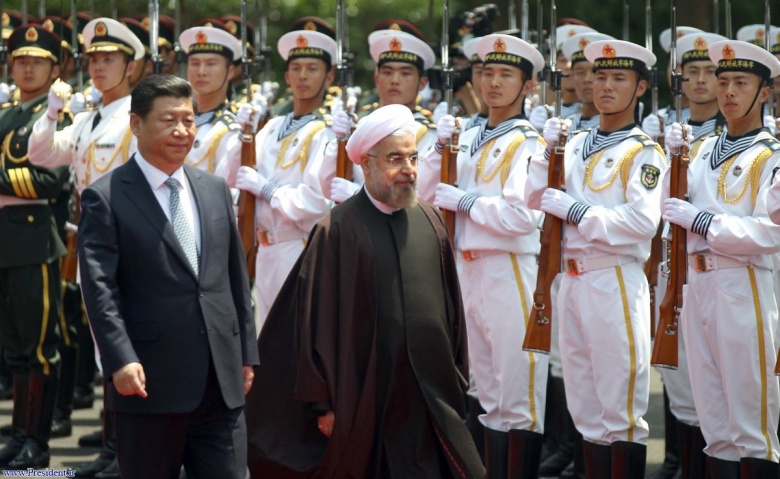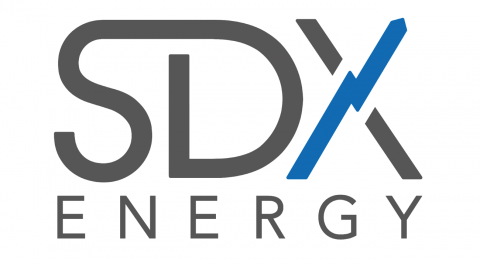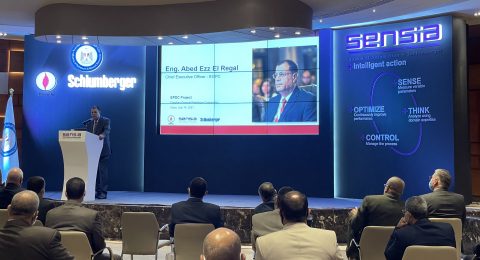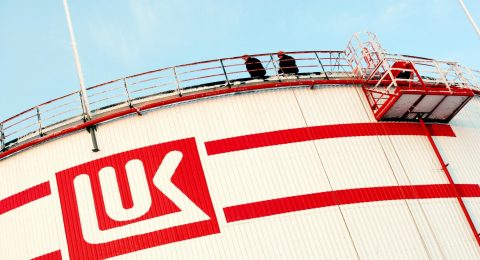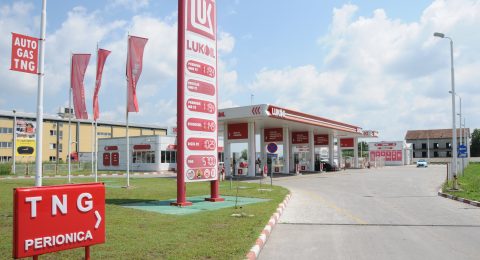China’s state oil giants are set to start pumping a combined 160,000 b/d at two projects in southwestern Iran from around October, company sources said, contributing to Tehran’s plan to boost output ahead of sanctions being lifted.
Chinese energy firms had earlier put on hold or slowed work on
energy projects in Iran from late 2010, worried about penalties that
might be imposed by Washington as it led world powers to press
Tehran to curb its nuclear ambitions.
Iran and six world powers, including China and the United States,
clinched a landmark deal on July 14 that limits the Islamic nation’s
nuclear activities in return for lifting sanctions that have more than
halved its oil exports since 2012.
Sources at Sinopec Group, parent of Sinopec Corp and China
National Petroleum Corp said companies have since late last year
stepped up work at existing main contracts, after prodding from
Iranian counterparts as negotiations were continuing over the
eventual easing of sanctions.
Sinopec Group is expected to start producing at the Yadavaran
oilfield at 85,000 b/d under phase-one development, two company sources said, part of a $2 billion deal signed in 2007 to build a 200,000 b/d producer.
“Yadavaran project is progressing smoothly and is expected to start
producing at 85,000 b/d by the end of the year,” said company
spokesman Lu Dapeng.
Top energy group CNPC is also slated to kick off phase one at
North Azadegan around early October, said a CNPC source,
without specifying an output amount.
CNPC said in its inhouse newspaper on Thursday that the North
Azadegan project “reached its final stage before production starts”.
Iranian media in early 2014 put phase one of North Azadegan at
75,000 b/d.
A CNPC media official said he had not been informed yet on the
latest status regarding North Azadegan.
These two projects, both in Khuzestan province in the southwest,
would be part of Tehran’s plan to boost production by 500,000 b/d
within two months of Western sanctions being eased.
A quick increase in output and exports before sanctions are lifted
would be similar to what happened in early 2014 when the
temporary agreement leading to this month’s longer-term deal saw
Iran boost its exports to Asia to nearly 1.4 million b/d.
Many analysts have said they do not expect significant increase in
Iran’s oil output until mid-2016.
Iran’s current output is about 3 million b/d, while its exports to Asia
in June were running at about 1.2 million b/d.
Sources at Sinopec said company and NIOC are already in
discussions to develop phase two of Yadavaran.
As Iran starts to court new investors to revive its ailing industry long
crippled by sanctions, Chinese companies are worried about being
outrun by Western companies such as France’s Total and Spain’s
ENI, which have older, more established relationships with Tehran.
“Chinese firms may have squandered some of the best
opportunities during the worst sanction days by not being a friend in
need,” said a CNPC source.
CNCP in 2011 scaled back its participation in the giant South Pars
field, leading to Iran suspending the state company’s contract. In late
2010, CNOOC withdrew completely from the North Pars project.
“Once out of sanctions, Iran will be looking for European or
American standards in building oil and gas facilities as well as in
services,” said a Sinopec official.
On the first visit to Iran for 12 years by a French foreign minister,
Laurent Fabius was in Tehran this week to improve diplomatic
relations with the Islamic republic and win business for French
companies.
Source: Reuters
